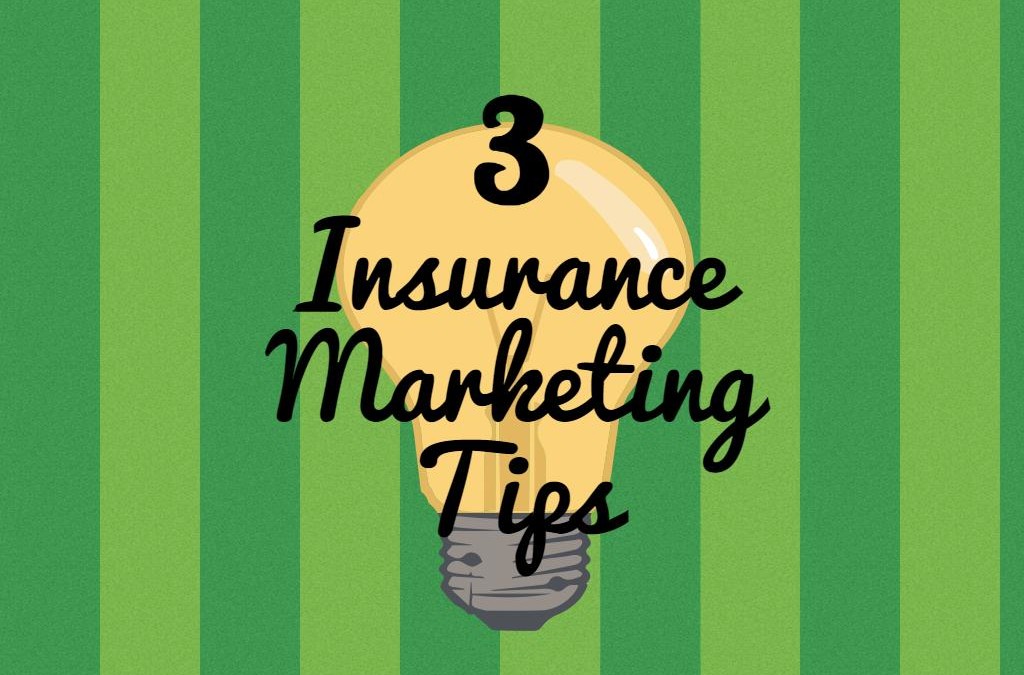In the world of insurance, marketing plays a vital role in reaching out to potential customers, building trust, and ultimately driving business growth. The art of persuasion lies at the heart of successful insurance marketing strategies, enabling companies to effectively communicate the value they offer and capture the attention of their target audience. With a multitude of insurance options available today, standing out from the crowd requires a thoughtful and strategic approach. In this article, we will uncover the secrets to successful insurance marketing, exploring proven techniques and strategies that can set insurance companies apart and drive their success in a competitive marketplace. Whether you are a seasoned insurance marketer or just starting out, these insights will help you navigate the intricacies of this dynamic industry and harness its full potential. So, let’s dive in and uncover the key elements that contribute to effective insurance marketing.

Understanding the Target Audience
In insurance marketing, understanding the target audience is crucial. By gaining insights into the potential customers and their needs, insurance companies can tailor their marketing strategies effectively.
Firstly, identifying the demographics of the target audience is essential. Factors such as age, gender, income level, and location can significantly impact the type of insurance coverage individuals may require. For instance, young professionals in urban areas might be more interested in health or auto insurance, while families with children might prioritize life or home insurance.
Secondly, it is crucial to understand the specific pain points and challenges faced by the target audience. By empathizing with their concerns, insurance marketers can highlight how their products can address these issues. For example, for small business owners, emphasizing the importance of business interruption coverage to protect against unexpected events can be highly persuasive.
Lastly, staying up-to-date with market trends is vital in understanding the target audience. Consumer behaviors and expectations evolve over time, and being aware of these changes can help insurance marketers adapt their strategies accordingly. By leveraging technologies, such as data analytics and social media monitoring, companies can gain valuable insights into customer preferences and adapt their marketing messages appropriately.
Overall, understanding the target audience is the foundation of successful insurance marketing. By tailoring marketing efforts based on demographics, addressing specific pain points, and staying in tune with market trends, insurance companies can effectively connect with potential customers and cultivate lasting relationships.
Crafting Compelling Insurance Messages
The success of insurance marketing relies heavily on the ability to craft compelling messages that resonate with potential customers. These messages should not only highlight the benefits of insurance but also create an emotional connection and a sense of urgency.
-
Understand Your Audience:
To create persuasive insurance messages, it is crucial to have a deep understanding of your target audience. Take the time to research and analyze their needs, preferences, and pain points. By knowing what motivates them, you can tailor your messages to address their specific concerns and aspirations. -
Use Storytelling Techniques:
One powerful way to engage potential customers is through storytelling. Narratives have a unique ability to captivate attention and evoke emotions. Incorporate real-life scenarios or hypothetical situations that demonstrate the importance of insurance coverage. By painting a vivid picture of the risks individuals face without proper protection, you can convince them of the value your insurance product offers. -
Focus on Benefits and Solutions:
When crafting your insurance messages, prioritize highlighting the benefits and solutions that your product or service provides. Clearly communicate how your insurance offering can bring peace of mind, financial security, and protection against unforeseen events. By emphasizing the positive outcomes and addressing your customers’ concerns head-on, you can create a persuasive argument for why they should choose your insurance over others.
Remember, crafting compelling insurance messages is an ongoing process. Continuously evaluate and refine your messaging strategies based on feedback, market trends, and customer insights. By consistently delivering powerful, customer-centric messages, you can effectively engage your target audience and drive the success of your insurance marketing efforts.
Utilizing Effective Marketing Channels
In order to achieve success in insurance marketing, it is crucial to utilize effective marketing channels. These channels serve as the means through which insurance companies can reach their target audience and communicate the value of their products and services. By carefully selecting the appropriate channels, insurance marketers can increase their chances of capturing the attention and interest of potential customers.
First and foremost, digital marketing channels have become increasingly important in the insurance industry. With the widespread use of the internet and the rise of social media, insurance marketers now have a wide array of digital platforms to choose from. Social media platforms such as Facebook, Twitter, and Instagram allow insurance companies to engage with potential customers on a more personal level, providing valuable information and building brand awareness.
Additionally, email marketing remains a powerful tool for insurance marketers. By building a strong email list, insurance companies can stay connected with current and potential customers, sharing updates, offers, and personalized content. Email marketing allows for direct communication with the target audience, making it a highly effective channel for building relationships and driving conversions.
Furthermore, traditional marketing channels still hold value in insurance marketing. Television and radio advertisements, while requiring a larger investment, can reach a broader audience and leave a lasting impression. Print materials such as brochures, flyers, and direct mail can also be effective in reaching specific geographic areas or niche markets.
By utilizing a combination of digital and traditional marketing channels, insurance marketers can cast a wider net and target different segments of their audience. It is essential to analyze the preferences and behaviors of the target market to determine which channels will yield the best results. A comprehensive and strategic approach to channel selection can greatly enhance the success of insurance marketing efforts.